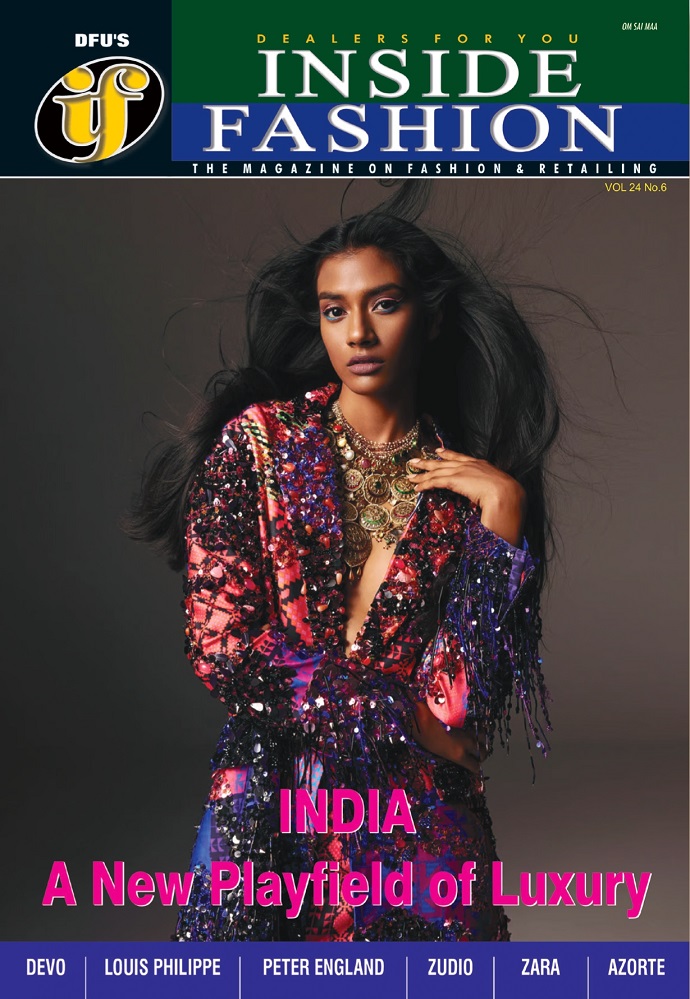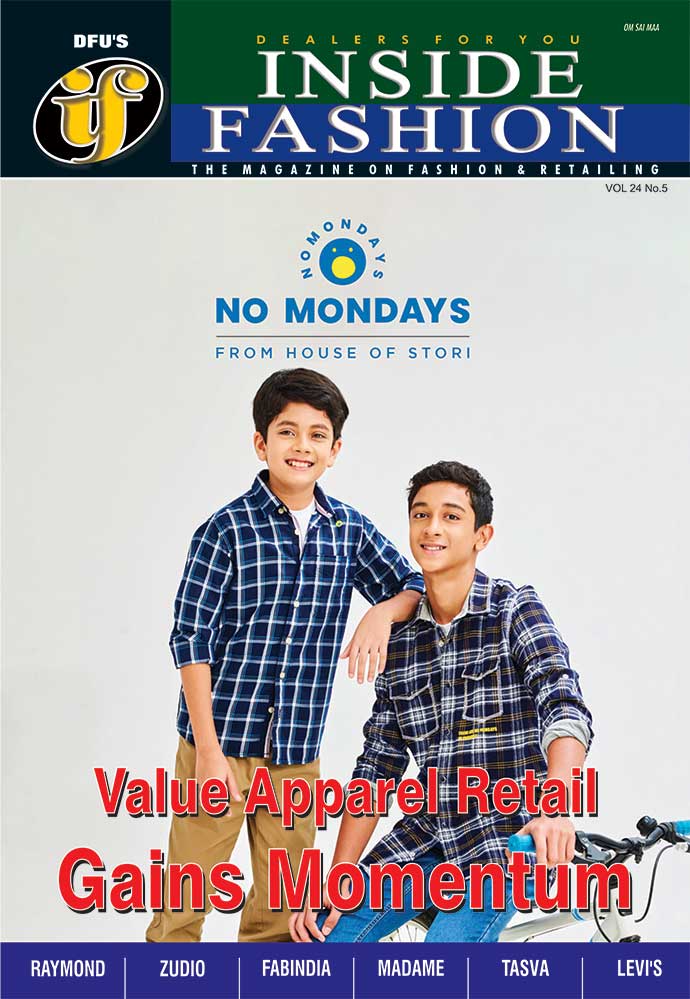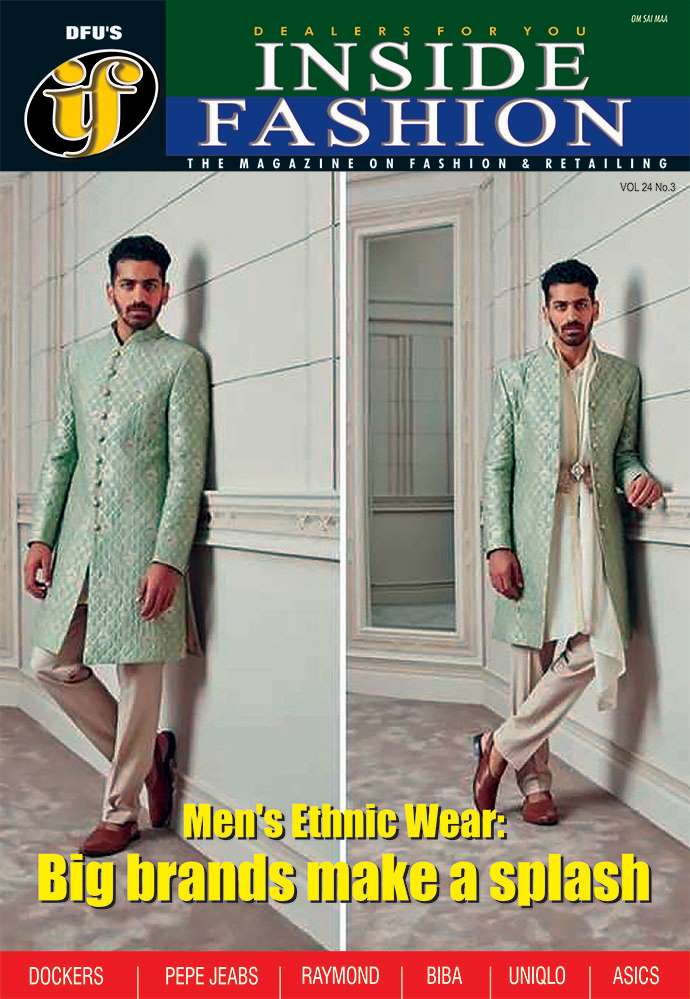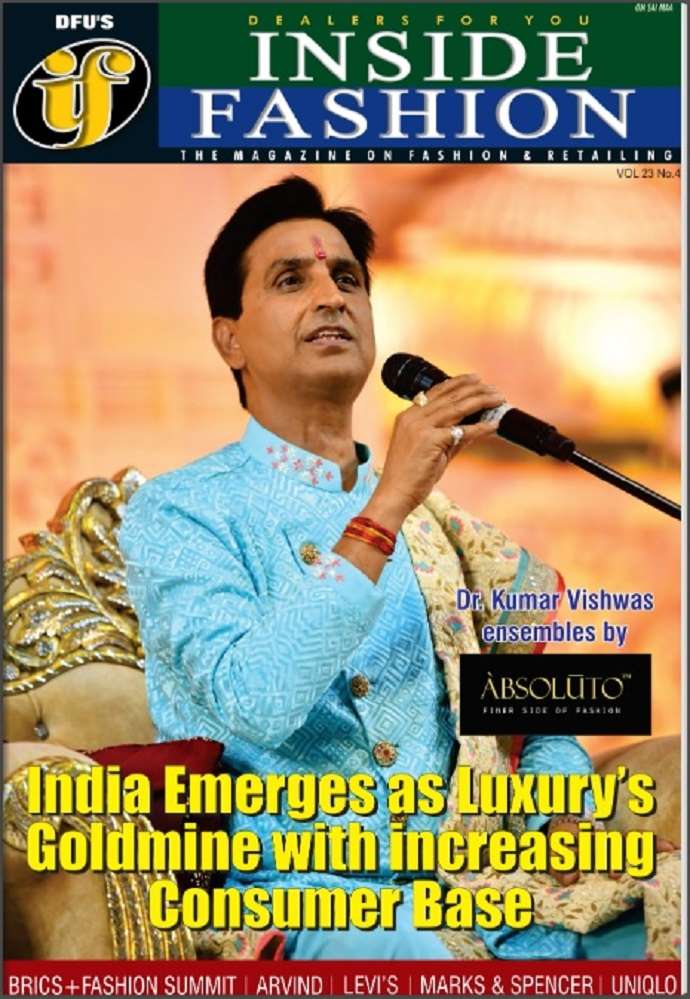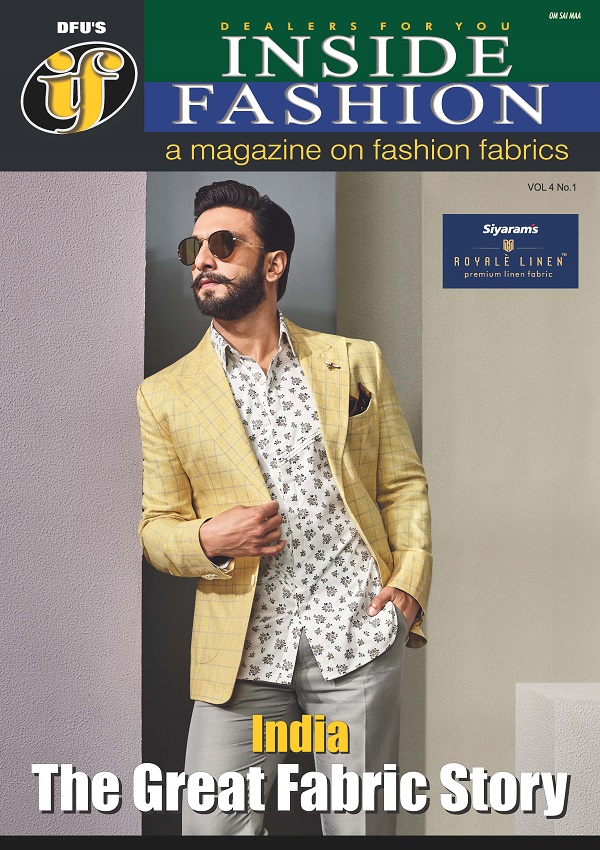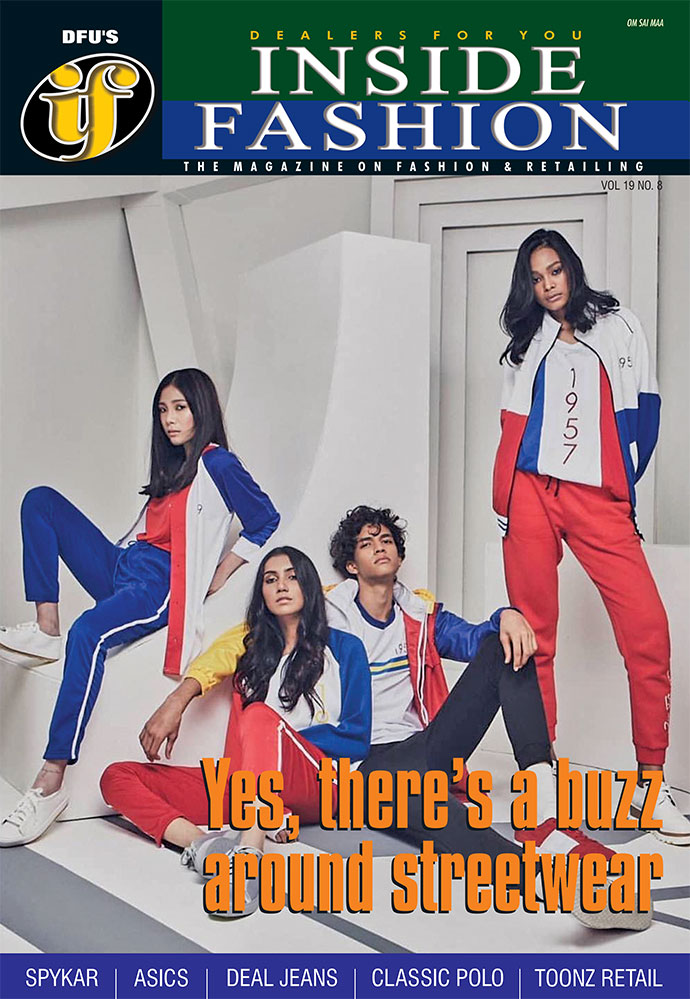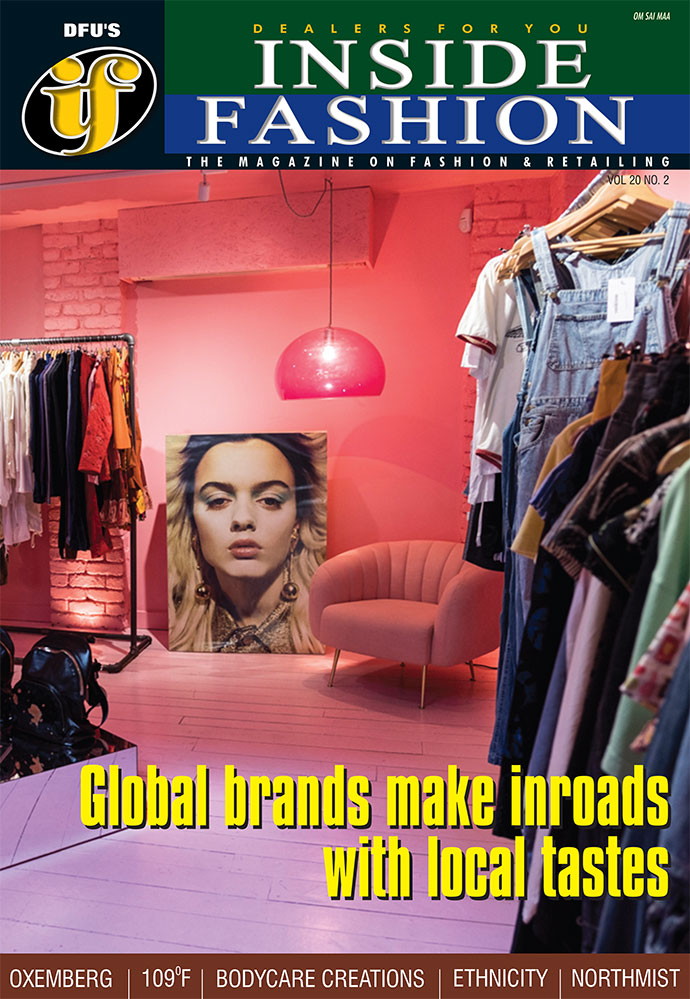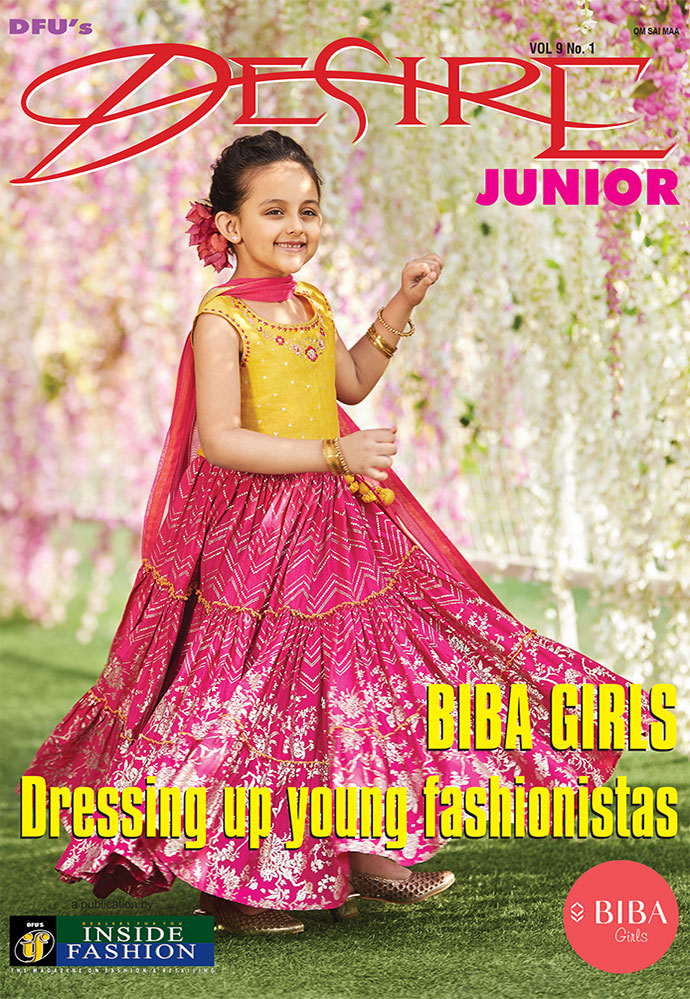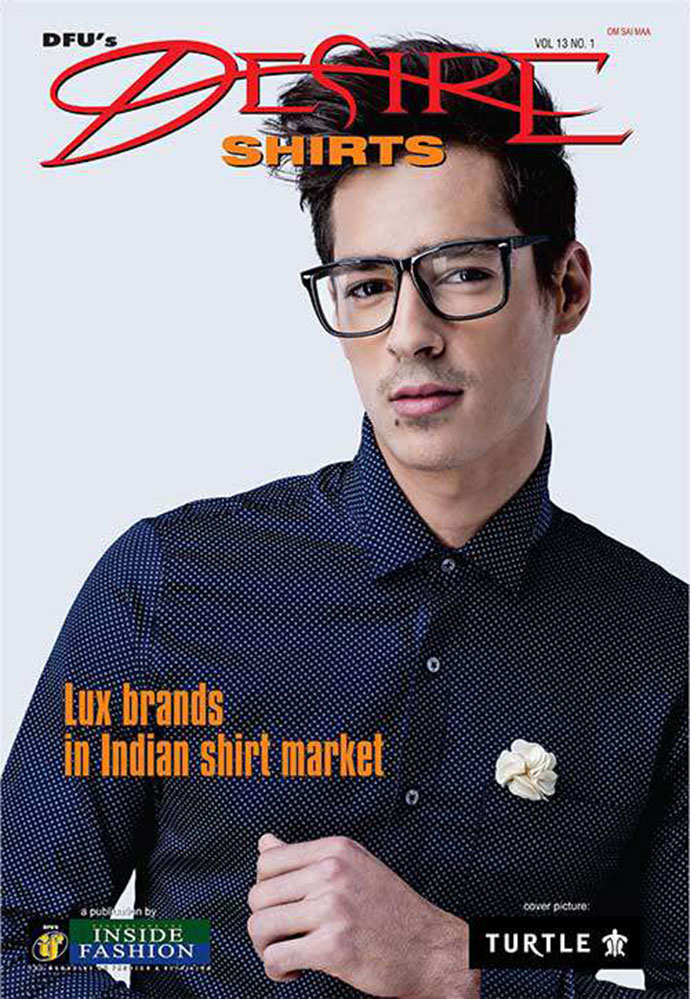From value to individuality, personalization is India’s new consumer currency
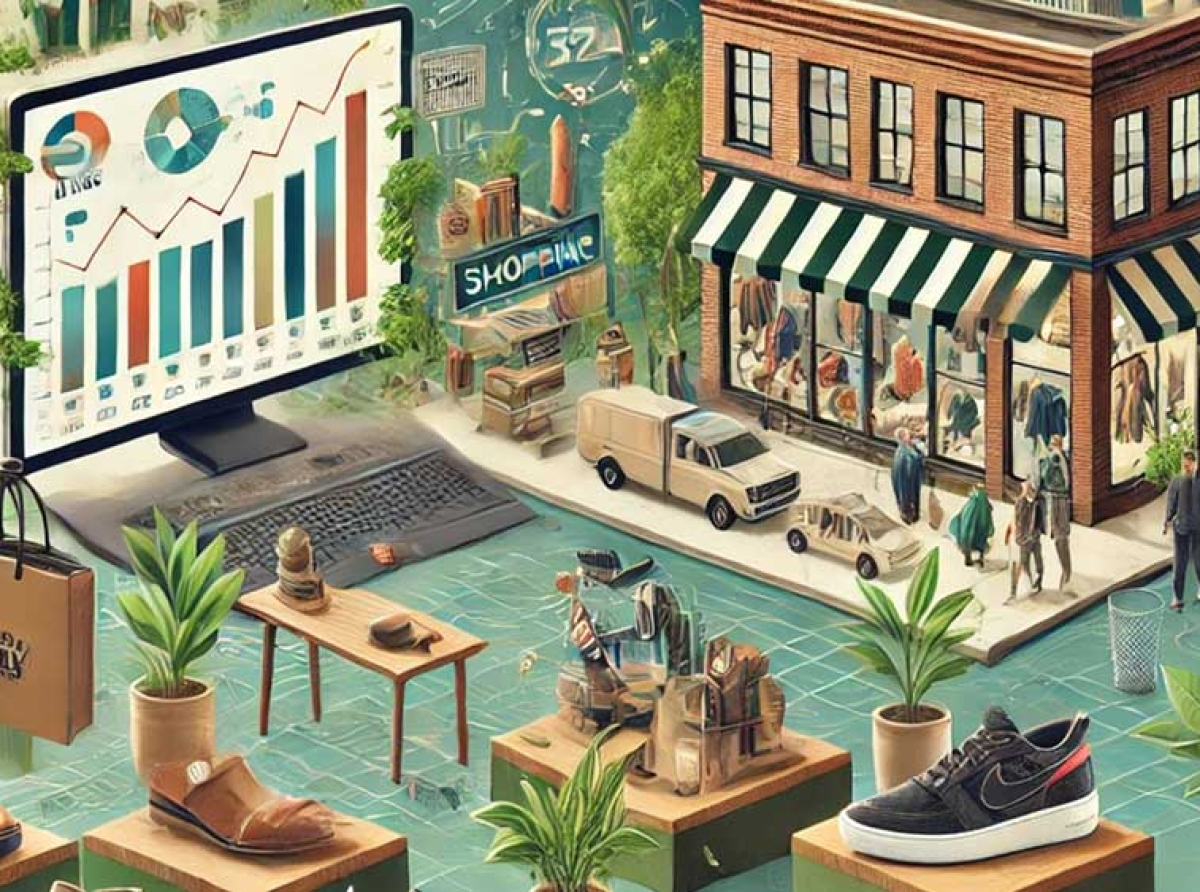
01 September 2025, Mumbai
In India’s malls, its e-commerce apps, and even at its corner tailoring shops, the consumer who once prized affordability and convenience above all else is now asking a very different question: How does this reflect me?
What was once the preserve of metro elites, the hunger for bespoke experiences, customized products, and brands that see the individual is now reshaping the aspirations of India’s middle class. The effect is visible not just in Mumbai or Delhi but in Lucknow, Indore, and Coimbatore. Businesses across categories from fashion to finance, hospitality to food are being forced to rewrite playbooks built on scale and sameness.
The changing consumer mindset
At the recent ET WLF 2025 panel, industry leaders traced this shift to India’s rapid socio-economic transformation. “Over the last decade, Indian consumers have changed dramatically. They are wealthier, globally exposed, digitally connected, and more willing than ever to pay not just for products, but for experiences,” said Rahul Jain, India head of Boston Consulting Group, who moderated the discussion.
Data backs him up. India has added nearly 140 million middle-class households in the past 15 years, reports BCG, and a rising share of discretionary income is flowing toward lifestyle goods and services. With over 800 million smartphone users and one of the youngest consumer bases globally, the appetite for identity-driven consumption is immense.
When mass meets me
The reinvention of legacy players such as Raymond shows how personalization is no longer a niche luxury. “We have always been about tailoring, but now it’s about tailoring at scale,” said Gautam Singhania, CMD of Raymond. “Every consumer must feel unique whether it’s a driver buying a white shirt or an industrialist ordering bespoke suiting.”
This approach sometimes called ‘mass customization’ has become a lifeline for heritage brands. Analysts note that consumers are increasingly suspicious of one-size-fits-all models; they expect even affordable products to come with options for self-expression.
Data the new tailor
Personalization is being powered by an invisible engine: data and AI-driven analytics. Sandeep Ghosh, Group Country Manager for India & South Asia at Visa, noted that segments of one are now the guiding principle. Visa has seen explosive demand for co-branded cards, from travel to dining to entertainment, each designed to mirror consumer lifestyles. The numbers are striking as a recent Twilio report found.
Table: India, consumer sentiment and personalization
Metric Finding More likely to purchase with real-time personalized engagement 98% Believe brands do a good/excellent job at personalization 80% Believe personalization is consistent across interactions 30% Spend more with brands that personalize 91% Source: Twilio report
The Twilio report found that 98 per cent of Indian consumers are more likely to make a purchase when the engagement is personalized in real-time. The same report noted that while 80 per cent of Indian consumers believe brands do a good job at personalization, only 30 per cent feel that the engagement is consistent. This highlights a critical gap that businesses must address to truly capitalize on this trend.
Studies in personalized experiences
Across various industries, Indian companies are proving that personalization is a powerful tool for customer acquisition and retention.
Myntra: The online fashion retailer uses AI-powered algorithms to recommend personalized fashion styles based on a customer's browsing and purchase history. This has significantly improved customer retention rates and increased average order values.
Zomato: The food delivery giant leverages customer data to provide tailored restaurant recommendations and promotions, strengthening customer loyalty in a fiercely competitive market.
IndiGo: The low-cost airline targeted eight Indian languages in its customer outreach program, recognizing that communicating with first-time flyers in their native language leads to greater reach and retention.
Even luxury brands are recalibrating. Moët Hennessy India now offers champagne bottles customized for weddings and whiskies sourced by year of birth products that turn consumption into memory-making.
Global echoes, Indian nuances
Globally, personalization has been a retail buzzword for years. Nike lets customers design sneakers; Spotify curates playlists uniquely for each listener. But in India, the push has added layers: linguistic diversity, deep-rooted traditions of craft and tailoring, and the cultural significance of occasions such as weddings and festivals. This makes personalization not just a marketing gimmick, but a cultural alignment. “India’s diversity makes personalization almost a necessity rather than a luxury,” says retail analyst Devika Kapoor.
India’s journey is playing out differently. Where Western markets often treat personalization as a premium add-on or a brand-building tool, in India it is becoming a necessity across price tiers and categories a reflection of cultural diversity, linguistic multiplicity, and a consumption culture built around milestones and community.
Table: Personalization in India vs global players
|
Brand/Market |
Personalization example |
Strategic purpose |
Distinctive feature |
|
Nike (Global) |
“Nike By You” – customize sneakers by color, fabric, and sole |
Drive premium pricing and deepen brand loyalty |
High aspirational value; positioned as luxury self-expression |
|
Starbucks (Global) |
App-based personalization: favorite drinks, seasonal offers |
Boost repeat orders and digital engagement |
Tied into rewards ecosystem |
|
Spotify (Global) |
Curated playlists and annual Wrapped summaries |
Reinforce emotional connection, increase usage |
Turns user data into a social sharing moment |
|
Myntra (India) |
AI-powered fashion curation based on browsing and purchase history |
Increase basket size, improve retention |
Personalization at scale in a price-sensitive market |
|
IndiGo (India) |
Customer communication in 8 Indian languages |
Build trust among first-time flyers |
Focus on accessibility, not just aspiration |
|
Moët Hennessy India |
Custom champagne bottles, milestone whiskies |
Elevate gifting and celebration culture |
Deeply tied to India’s ceremonial consumption patterns |
The contrasts highlight a deeper truth. In the West, personalization often remains about individual identity and lifestyle positioning. In India, it is inseparable from collective rituals, languages, and family occasions. A champagne bottle engraved for a wedding, a kurta stitched for Diwali, or an airline email in Tamil all reflect personalization that acknowledges not just the consumer, but their cultural context. Analysts argue this makes India a more complex and fertile ground for innovation. “The global playbook has to be rewritten here,” says brand strategist Neha Vaidya. “In India, personalization is not a perk it’s the baseline expectation. The challenge for brands is to achieve it at scale, without losing the intimacy.”
Puneet Chhatwal, MD & CEO of Indian Hotels Company (Taj Hotels), captured the balancing act, “Technology is an enabler, but it is our people who deliver trust, awareness and joy.” Whether it is a sommelier remembering a guest’s favorite wine or an AI chatbot nudging a traveler toward a curated holiday, the winning formula will blend automation with authenticity.
What comes next…
India’s personalization wave is still in its early innings. Experts predict that in the next five years AI-driven curation will become table stakes in e-commerce. Hyper-local brands will leverage culture and language for micro-personalization. And sustainability will intersect with individuality, as consumers seek not just unique but ethically aligned products. The message is clear: India’s consumers no longer want to fit in they want to stand out. And businesses that fail to listen to this new desire risk fading into irrelevance in a market that is as personal as it is vast.





